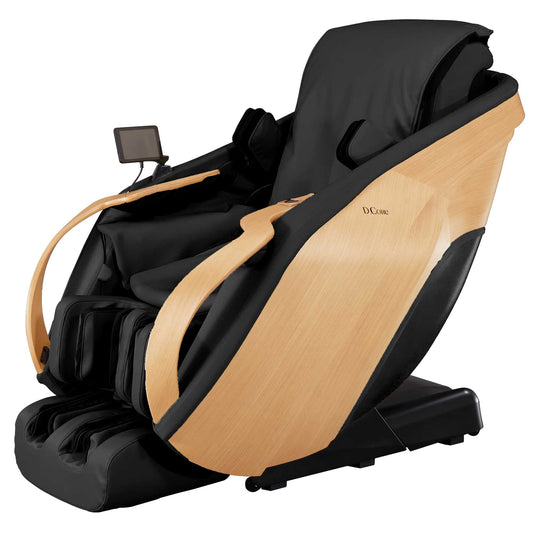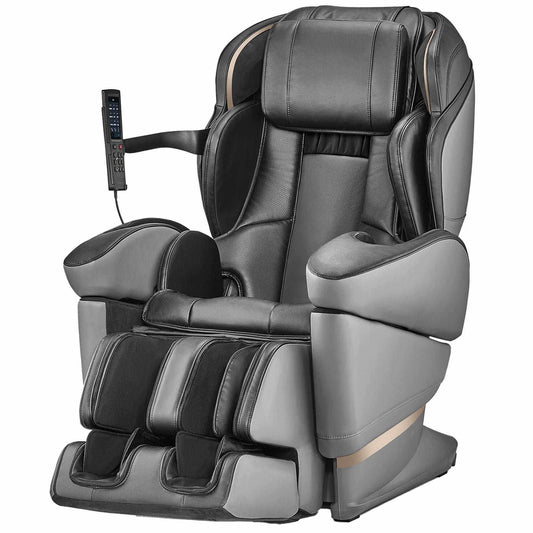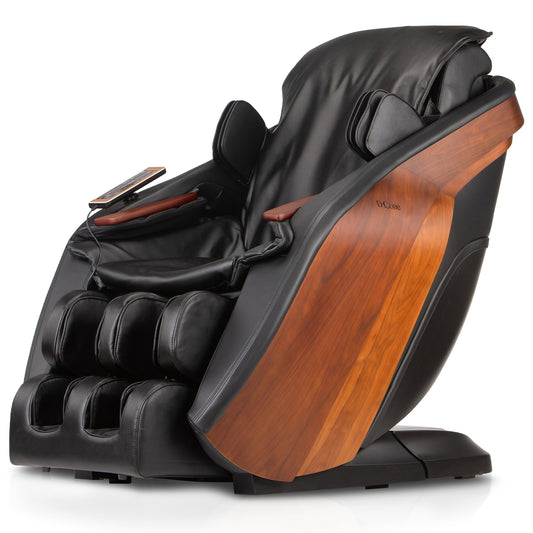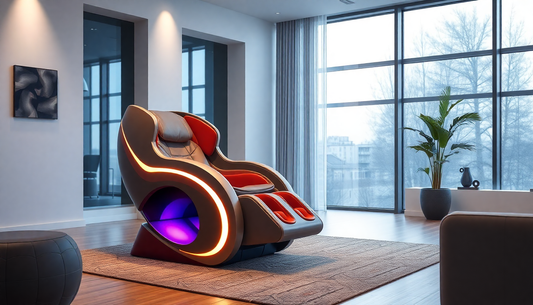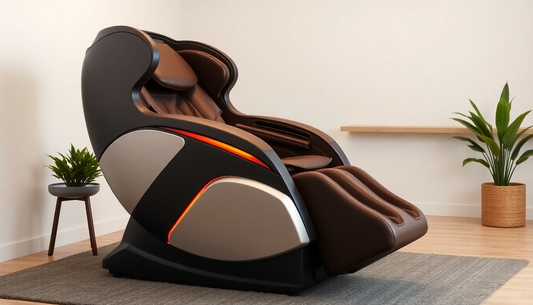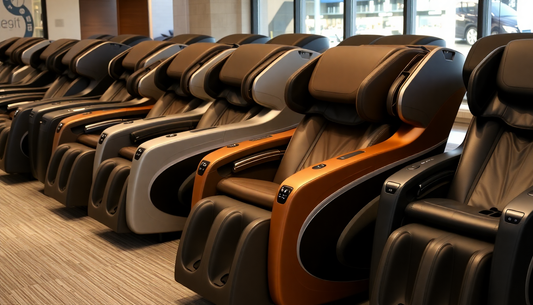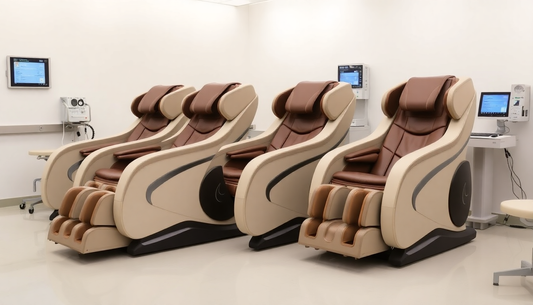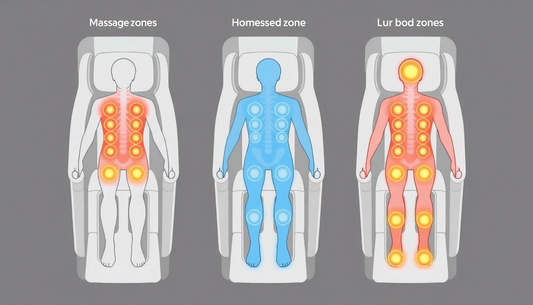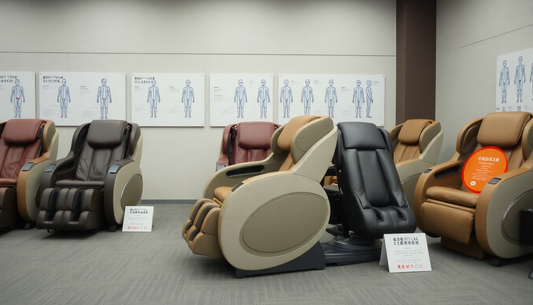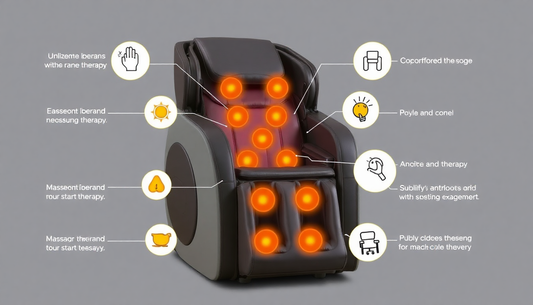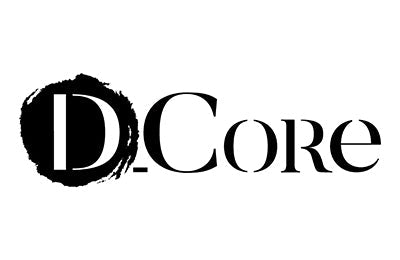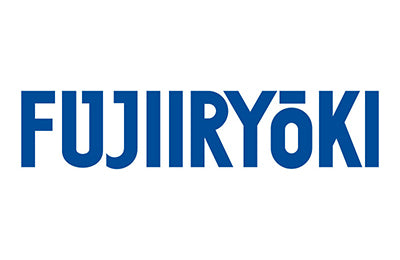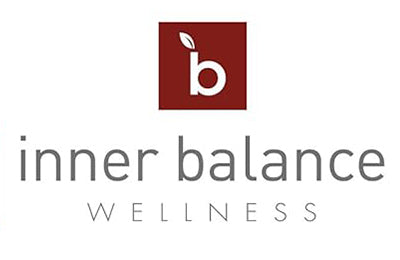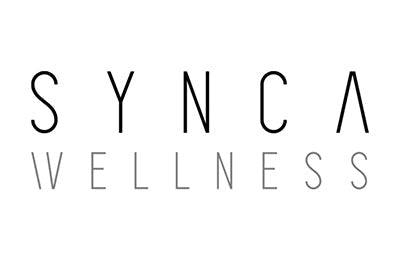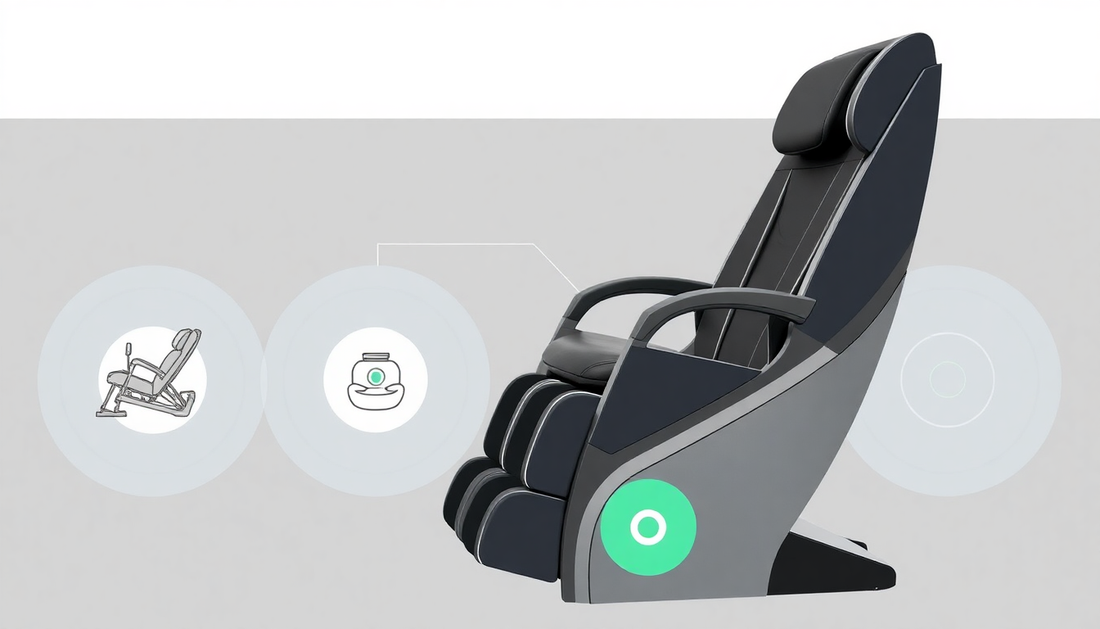
Four-Day Presentation Format for Fujiiryoki Massage Chairs: Model-by-Model (Calm Plus, Cyber Relax AI, Pro, Elite) Teaching Massage Techniques, Target Zones (Ankle to Head) & Therapeutic Benefits
Introduction
This expanded four-day presentation curriculum turns Fujiiryoki massage chairs into a practical teaching toolkit for trainers, retailers, therapists, and wellness educators. Each day focuses on one model—Calm Plus, Cyber Relax AI, Cyber Relax Pro, and Cyber Relax Elite—and covers learning objectives, hands-on demonstrations, scripted sequences from ankle to head, mapped massage techniques, therapeutic outcomes, contraindications, assessment metrics, marketing copy, and classroom resources. The goal is to equip instructors with reproducible lessons that emphasize technique, safety, and measurable benefits while maximizing SEO visibility for terms like Fujiiryoki, Calm Plus, Cyber Relax AI, Cyber Relax Pro, and Cyber Relax Elite.
How to Use This Four-Day Format
- Audience: product trainers, sales staff, physical therapists, massage educators, and wellness coaches.
- Duration: each day is a 60–90 minute teaching module with lecture, demo, and student practice segments.
- Outcomes: learners should be able to run full sessions, modify intensity, identify contraindications, and explain therapeutic benefits per model.
Day 1: Calm Plus — Gentle Foundations, Relaxation & Circulation
Learning Objectives
- Understand Calm Plus hardware and gentle modalities.
- Demonstrate a full 30–45 minute ankle-to-head session focused on relaxation and circulation.
- Teach beginners how to adapt intensity and use breathing cues for maximal relaxation.
Model Strengths & Key Features
- Designed for comfort and gentle therapy with low-to-moderate roller intensity.
- Foot rollers optimized for reflexology and circulation stimulation.
- Airbag compression throughout lower limbs, calves, and shoulders for gentle lymphatic support.
Detailed Target Zone Mapping
- Feet and heels: reflexology roller patterns and gradual compression.
- Ankle and calf: air compression and slow kneading to reduce swelling and fatigue.
- Thigh and knee: light dynamic compression to encourage venous return.
- Back and lumbar: low intensity kneading to encourage relaxation and gentle spine decompression.
- Neck, shoulder, and head: soft press-and-release plus vibration for stress relief.
Techniques and When to Use Them
- Swedish massage: long gliding and rolling for whole-body relaxation and circulation improvement.
- Reflexology: foot-specific stimulation to support systemic relaxation and blood flow control.
- Shiatsu: gentle press-and-hold on head and neck for stress reduction.
- Kneading: low-intensity kneading of calves and lower back to relieve stiffness and improve tissue mobility.
Session Script and Timing (Sample 40-Minute)
- 0–5 minutes: Onboarding and breath coaching; confirm contraindications and target zones.
- 5–10 minutes: Foot and heel reflexology with warming rollers; explain benefits for circulation.
- 10–18 minutes: Calf and ankle sequence using slow kneading and compression; cue diaphragmatic breathing.
- 18–26 minutes: Thigh and knee mild compression to promote venous return and decrease edema.
- 26–34 minutes: Back and lumbar Swedish-style kneading; low-level spine mobilization instructions for seated posture.
- 34–40 minutes: Neck, shoulder, and head calming sequence with soft shiatsu and vibration; guided relaxation close.
Practice Activities for Learners
- Pair practice: one student leads intake while another sets chair and runs Calm Plus sequences.
- Roleplay: coach clients with varied sensitivity (older adult, pregnant client with clearance, desk worker).
- Intensity calibration: practice lowering and increasing intensity in 3-step increments and observe physiological responses.
Measured Benefits and How to Communicate Them
- Stress relief and improved relaxation scores (use pre/post Likert scale).
- Improved peripheral circulation—measure ankle circumference or patient-reported cold feet improvement.
- Fatigue relief in legs and feet—document subjective changes and gait comfort.
- Flexibility improvement from reduced muscle tone—tie to functional tasks like stair climbing.
Day 1 Slide Deck Outline
- Slide 1: Calm Plus overview and learning objectives.
- Slide 2: Anatomy of target zones relevant to Calm Plus.
- Slide 3: Technique demo videos—Swedish and reflexology highlights.
- Slide 4: Contraindications and safety checks.
- Slide 5: Practice checklist and assessment rubric.
Day 2: Cyber Relax AI — Smart Personalization, Trigger-Point Precision
Learning Objectives
- Understand AI mapping features and how to use scans for personalizing sessions.
- Demonstrate trigger point targeting and deep tissue sequences safely.
- Incorporate client intake data to tailor pressure patterns and session length.
Model Strengths & Key Features
- Automated body scanning and pressure mapping for individualized sessions.
- Spot targeting with rollers for trigger-point release and acupressure.
- Configurable intensity bands and timing sequences for progressive therapy.
Detailed Target Zone Mapping
- Feet and heels: adaptive roller intensity based on foot scan for reflexology and plantar pain.
- Calf and thigh: selective deep kneading for tightness and lactic acid clearance.
- Full back and lumbar: AI-guided trigger-point targeting and posture-aware roller paths.
- Neck and shoulder: adjustable pressure zones for chronic tension and acupressure sequences.
Techniques and When to Use Them
- Deep tissue: for athletes and chronic myofascial tenderness; use gradual ramp-up and check pain scales.
- Trigger point: focused spot work for knots; use short, repeated holds and release cycles.
- Acupressure: apply to known meridian points for complementary relief in neck, shoulders, and lower back.
- Shiatsu: integrate press-and-hold patterns for relaxation after deeper work.
Session Script and Timing (Sample 45-Minute)
- 0–6 minutes: Digital scan and intake review; set AI profile and confirm sensitive zones.
- 6–14 minutes: Foot evaluation and reflexology calibration; program intensity from the scan.
- 14–22 minutes: Calf and thigh deep kneading and trigger-point detection.
- 22–32 minutes: Back and lumbar targeted deep tissue work with AI spot boosts.
- 32–40 minutes: Neck and shoulder acupressure sequence with controlled holds and gradual pressure relief.
- 40–45 minutes: Head and scalp relaxation plus guided breathing for closure.
Practice Activities for Learners
- Live scan demos: students interpret scan output and choose intensity/pattern settings.
- Trigger-point clinic: identify likely trigger locations, run short spot-release sequences, and document outcomes.
- Safety drills: manage adverse responses, reduce intensity, and implement emergency stop guidelines.
Measured Benefits and How to Communicate Them
- Injury recovery support: track subjective pain reduction and range-of-motion improvements.
- Muscle therapy and targeted pain relief: record before/after pain scores for treated trigger points.
- Spine alignment assistance: use simple posture photos and mobility tests to demonstrate change.
- Improved blood flow control and decreased local edema with staged compression reports.
Day 2 Slide Deck Outline
- Slide 1: Cyber Relax AI features and how AI mapping works.
- Slide 2: Interpreting scan results and choosing intensity.
- Slide 3: Trigger point protocols and sequences.
- Slide 4: Documentation templates for tracking outcomes.
Day 3: Cyber Relax Pro — Performance Recovery and Deep Myofascial Work
Learning Objectives
- Run high-intensity, athlete-focused sessions that emphasize deep tissue, kneading, and traction.
- Teach protocols for pre-exercise warm-up and post-exercise recovery using Pro settings.
- Instruct on progression plans and multi-pass strategies for chronic muscle tightness.
Model Strengths & Key Features
- High-intensity rollers and airbags for performance recovery.
- Enhanced kneading and traction options for lumbar decompression and myofascial release.
- Settings designed for faster lactic acid clearance and deeper muscle penetration.
Detailed Target Zone Mapping
- Feet and calves: aggressive kneading and reflexology patterns to support heavy exertion recovery.
- Thighs and hamstrings: deep kneading to reduce tightness and restore range of motion.
- Back and lumbar: traction plus intense roller passes for spinal unloading and tissue therapy.
- Shoulder girdle and neck: firm, targeted release for overhead athletes and manual laborers.
Techniques and When to Use Them
- Deep tissue: best for athletes or chronically tight clients with gradual exposure to intensity.
- Kneading: multi-pass kneading to break up adhesions and improve tissue glide.
- Trigger point: combine with active movement after release to reintegrate muscle function.
- Reflexology for cooldown: use foot therapy to support parasympathetic return after deep work.
Session Script and Timing (Sample 50-Minute Athletic Recovery)
- 0–5 minutes: Intake for performance goals and recent training load.
- 5–12 minutes: Intense foot and calf therapy to prime circulation.
- 12–22 minutes: Thigh and hamstring deep kneading; apply trigger-point spots as needed.
- 22–36 minutes: Back and lumbar deep tissue and traction passes for spine decompression and muscle therapy.
- 36–44 minutes: Neck and shoulder focused release with progressive intensity decrease.
- 44–50 minutes: Full-body cooldown and mobility cues to embed gains from the session.
Practice Activities for Learners
- Athlete scenarios: develop protocols for runners, cyclists, and weightlifters with specific target zones.
- Progression planning: write a 4-week recovery plan that integrates Pro sessions and active recovery.
- Comparison tests: measure range of motion or sprint times before and after sessions for empirical demonstration.
Measured Benefits and How to Communicate Them
- Muscle therapy and faster recovery: document perceived recovery and objective performance markers.
- Injury recovery support: track symptom reduction and phased return-to-activity planning.
- Flexibility improvement: use sit-and-reach and joint ROM tests to quantify change.
Day 3 Slide Deck Outline
- Slide 1: Cyber Relax Pro for performance—features and scenarios.
- Slide 2: Deep tissue safety and intensity management guidelines.
- Slide 3: Multi-pass protocols with sample 4-week plan.
Day 4: Cyber Relax Elite — Advanced Therapeutic Suite and Full-Body Precision
Learning Objectives
- Deliver comprehensive therapeutic sessions that marry precision rollers, air systems, heat, and traction.
- Create individualized multi-pass sessions for chronic pain, posture correction, and long-term tissue therapy.
- Teach objective outcome tracking and advanced client education for long-term management.
Model Strengths & Key Features
- Top-tier precision with synchronized airbags, roller choreography, heat therapy, and traction.
- Advanced shiatsu and acupressure patterns with custom intensity profiles.
- Designed as a therapeutic platform for complex and chronic cases under professional guidance.
Detailed Target Zone Mapping
- Feet to heels: advanced reflexology sequencing with heating options to reduce stiffness.
- Legs: alternating compression and deep kneading for tissue remodeling and circulation control.
- Full spine: coordinated roller programming to support posture and progressive spine alignment.
- Neck, shoulder, head: multimodal interventions with acupressure, traction, and heat for chronic tension and stress.
Techniques and When to Use Them
- Shiatsu: for chronic stress and persistent tension patterns using precise press-and-hold sequences.
- Deep tissue and trigger point: for advanced tissue therapy with careful monitoring and staggered intensity.
- Acupressure: integrate with breathing and mindfulness for long-term stress modulation.
- Reflexology and Swedish blends: use for final relaxation pass to consolidate gains.
Session Script and Timing (Sample 60-Minute Advanced Therapy)
- 0–8 minutes: Comprehensive intake, posture photos, pain mapping, and objective measures.
- 8–18 minutes: Foot and lower-leg heating plus reflexology sequencing to prime tissue for deeper work.
- 18–32 minutes: Leg-to-thigh alternating compression and kneading for tissue remodeling and venous return.
- 32–48 minutes: Full back and spine choreography with traction passes for alignment and deep tissue therapy.
- 48–56 minutes: Neck and shoulder acupressure with targeted shiatsu and heat to address chronic tightness.
- 56–60 minutes: Head, scalp, and final Swedish cooldown; post-session assessment and self-care instructions.
Practice Activities for Learners
- Advanced case studies: chronic low-back pain, postural kyphosis, and tension headache protocols.
- Objective tracking exercise: take pre/post measures like pain scales, posture photos, and mobility tests.
- Multi-pass demonstration: run deep work pass followed by relaxation pass and discuss expected client feedback.
Measured Benefits and How to Communicate Them
- Tissue therapy and long-term muscle rehabilitation—show multi-week progress with objective metrics.
- Spine alignment and postural support—use longitudinal photos and mobility tests to demonstrate change.
- Pain relief across chronic areas and reduced medication reliance—collect client-reported outcome measures.
- Stress management and autonomic regulation—use heart rate variability or simple pulse measures where appropriate.
Day 4 Slide Deck Outline
- Slide 1: Elite capabilities and therapeutic indications.
- Slide 2: Multimodal programming—heat, airbags, rollers, and traction.
- Slide 3: Outcome tracking and multi-pass therapy logic.
Contraindications and Safety Considerations (Expanded)
- Absolute precautions: known DVT, active infection, uncontrolled cardiovascular disease, recent fractures, implanted electronic devices without clearance, and active pregnancy without approval.
- Relative precautions: severe osteoporosis, advanced neuropathy, uncontrolled hypertension, recent surgery, or significant degenerative spine disease—recommend physician clearance.
- General safety: begin at low intensity for first-time users, monitor for dizziness, numbness, or increased pain, and always demonstrate emergency stop and safe exit procedures.
- Documentation: keep signed client intake and informed consent on file for recurring therapeutic sessions.
Client Intake Form Template (Key Fields)
- Full name, DOB, emergency contact
- Primary complaint and target zones
- Medical history: surgeries, implants, cardiovascular disease, clotting issues, pregnancy, medications (especially blood thinners)
- Allergies and skin sensitivities
- Preferred intensity and prior massage/chair experience
- Pre- and post-session pain/stress rating (0-10) and mobility tests
- Signature and date for informed consent
Assessment & Outcome Metrics
- Subjective: pain numeric rating scale, stress scale, sleep quality, perceived recovery.
- Objective: circumference measurements (ankle), joint range of motion, posture photos, functional tests like sit-and-reach.
- Tracking cadence: baseline, immediate post-session, 1-week follow-up, and 4-week progress checkpoints.
Classroom Resources, Handouts & Checklists
- Model cheat sheets: top settings for each technique mapped by targeted body region.
- Session templates: 30, 45, 60-minute presets with step-by-step cues.
- Contraindication quick card: emergency stop actions and when to refer to a physician.
- Before/after forms and client education pamphlets on self-care and frequency recommendations.
Troubleshooting Common Issues
- Client reports pins and needles: immediately reduce intensity, check positioning, and re-evaluate for neuropathy.
- Excessive discomfort during deep tissue: pause, apply cooling or heat as appropriate, and revert to lighter techniques.
- Airbag discomfort in lower limbs: ensure correct leg placement and reduce compression cycles; check for edema causes.
- Unexpected mechanical sounds: pause session, visually inspect rollers and airbags, consult maintenance guide before resuming.
Marketing and SEO Guidance for Publishing the Course
- Primary keywords: Fujiiryoki massage chairs, Calm Plus, Cyber Relax AI, Cyber Relax Pro, Cyber Relax Elite.
- Long-tail keywords: Fujiiryoki training curriculum, AI massage chair trigger point protocol, massage chair therapy for athletes.
- Meta description example: Learn a comprehensive four-day presentation curriculum for Fujiiryoki massage chairs—Calm Plus, Cyber Relax AI, Cyber Relax Pro, and Cyber Relax Elite—covering ankle-to-head techniques, targeted benefits, safety, and outcome tracking.
- Content guidance: use H2 headers for each major section, include FAQs and case studies, and add structured data for product and how-to where appropriate on your website.
- Content distribution: create slides, short demo videos per model, downloadable session templates, and a printable intake form to increase user engagement and backlinks.
Sample FAQs to Include on Product or Training Pages
- Q: How long should a typical session be? A: 30–60 minutes depending on goals; athletes may prefer longer deep-recovery sessions, while relaxation sessions can be shorter.
- Q: How often should clients use the chairs? A: For relaxation 2–3 times per week; for performance recovery consult a tailored plan—often 1–3 sessions per week with active recovery in between.
- Q: Are these chairs safe for older adults? A: Yes, with conservative intensity and physician clearance for major health concerns.
- Q: Can these chairs help chronic back pain? A: They can be part of a multidisciplinary program; monitor outcomes and coordinate with healthcare providers for serious conditions.
Teaching Evaluation and Certification Suggestions
- Assessment rubric: practical demonstration, safety checks, intake accuracy, session flow, and documentation completeness.
- Certification: offer a certificate for successful completion of the four-day module plus a short written quiz and a practical exam.
- Continued education: provide monthly case-review webinars for graduated trainees and collect outcome data for ongoing improvement.
Ethics, Professional Boundaries, and Client Communication
- Obtain informed consent and clearly outline expected sensations and possible discomfort from deep work.
- Respect privacy, maintain professional touch boundaries, and ensure all hands-on demonstrations are consented and documented.
- Encourage transparency about medical limitations and when to refer to a clinician.
Appendix: Sample Lesson Plan Schedules
- Half-day workshop format: combine Day 1 and Day 2 into a 4-hour workshop with practical rotations.
- Full certification program: 4 days, 6–8 hours each day, with written and practical exams at the end of Day 4.
- Short retail training: 90-minute focused session per model with highlights on sales talking points and demo scripts.
Conclusion
This expanded four-day curriculum provides the structure, technical detail, and practical tools needed to teach Fujiiryoki massage chair therapy confidently. By aligning each model to specific use cases—Calm Plus for relaxation and circulation, Cyber Relax AI for personalized trigger point and recovery work, Cyber Relax Pro for athletic deep recovery, and Cyber Relax Elite for advanced therapeutic programming—trainers can deliver measurable results across a full range of client needs. Use the included scripts, assessment metrics, and marketing guidance to build lessons, promote services, and track client outcomes while staying safe and professional.
Quick Reference Summary
- Day 1 — Calm Plus: gentle Swedish, reflexology, relaxation, circulation.
- Day 2 — Cyber Relax AI: AI-guided deep tissue, trigger point, acupressure, injury recovery.
- Day 3 — Cyber Relax Pro: intense kneading, performance recovery, spine traction.
- Day 4 — Cyber Relax Elite: full therapeutic precision, shiatsu, heat, traction, long-term tissue therapy.
Ready-to-use materials: create printable intake forms, slide decks from the slide outlines, and short demonstration videos for each model to improve learner retention and SEO reach. Always emphasize safety, clear documentation, and measurable outcomes when delivering massage chair therapy education.
